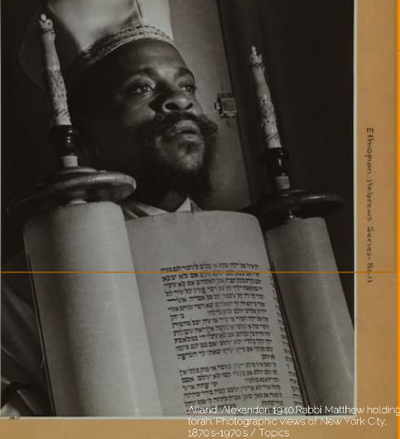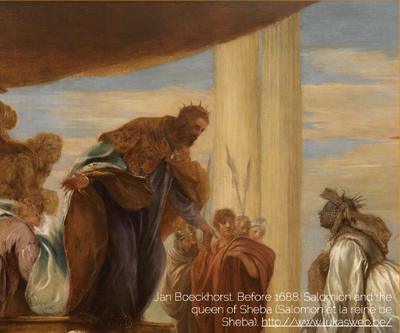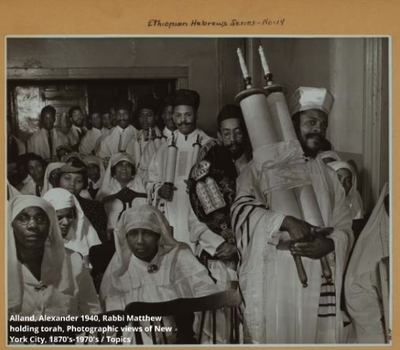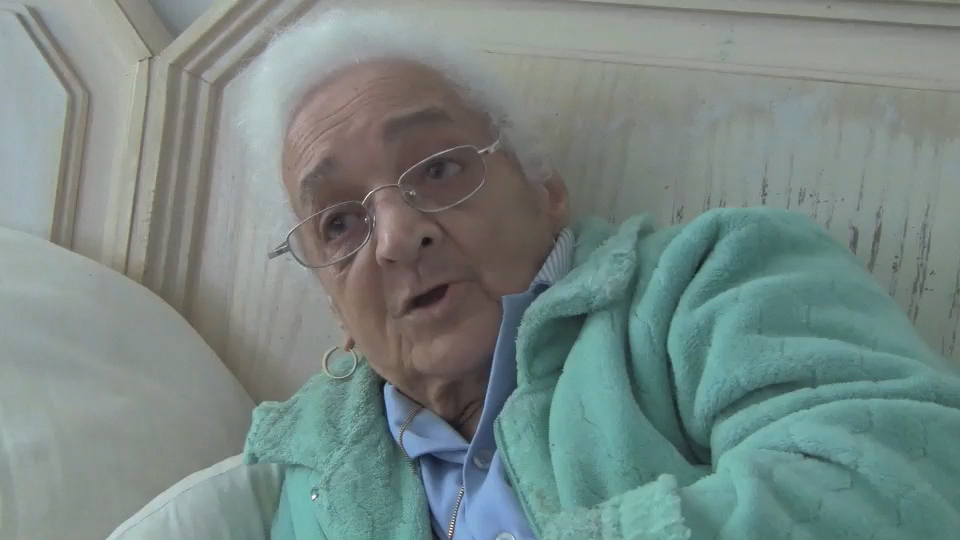In 1919, Rabbi Wentworth Arthur Matthew founded the Commandment Keepers Church of the Living God the Pillar and Ground of Truth and the Faith of Jesus Christ where members of the Commandment Keepers primarily self-identified as Afro-Caribbean and African American. Originally a Christian church, the Commandment Keepers under the leadership of Matthew gradually deemphasized the significance of Jesus Christ and adopted Orthodox Jewish practices. Following these theological shifts, the group changed its name to Commandment Keepers Ethiopian Hebrew Congregation of the Living God Pillar & Ground of Truth. The Commandment Keepers are important because they challenged Jim Crow legislation by explicitly rejecting the identity given to them by the dominant White culture through striving to achieve the status of traditional Orthodox Jews. Regardless of the Commandment Keepers Christian origins, Rabbi Matthew explicitly denounced Christianity stating, “During slavery they took away our names, language, religion, and science as they were the only possessions the slaves had and they were pumped full of Christianity to make them more docile” (Brotz 1964: 16). Matthew wanted his congregation to practice a religion that was explicitly Jewish Orthodox and rooted in Ethiopia after he discovered the existence of Falashas, who are Ethiopian Jews, and saw them as the missing link to connect the Commandment Keepers in both the Jewish and African Diaspora.
In addition to applying Turner’s concept, I also incorporated informal interviews with my great grandmother, which I found to be most effective aspect of my methodology. Our informal interviews began in September, which totaled to three complete interviews with a video recording of the final interview.
References:
Brotz, Howard
1964 The Black Jews of Harlem: Negro Nationalism and the Dilemmas of Negro Leadership. The Free Press: New York.
Thomassen, B.
2009 The Uses and Meanings of Liminality. International Political Anthropology 2(1):5-27.
Turner, Victor.
1979 Betwixt and Between: The Liminal Period in Rights de Passage. Reader in Comparative Religion 4th ed. Row Publishers.




 RSS Feed
RSS Feed
